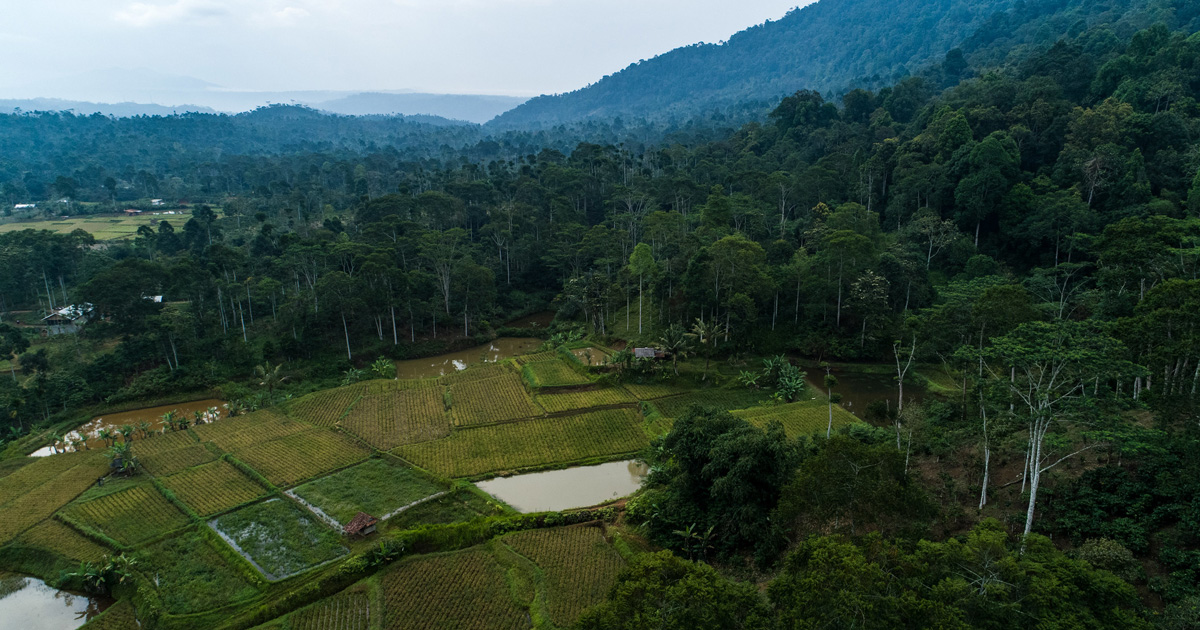Sustainable Development Goal 15 is strongly embedded in international forest governance and previous international conventions and agreements. These include the Convention on Biological Diversity (CBD) and its Aichi Biodiversity Targets, the UN Convention to Combat Desertification (UNCCD) and the Convention on Trade in Endangered Species (CITES), as well other international governance initiatives, particularly those concentrating on Forest Landscape Restoration (FLR) such as the Bonn Challenge and the New York Declaration on Forests (NYDF). This chapter aims to identify the key logics of international forest governance tied to SDG 15. Based on a literature review and a chronological overview of interests, institutions and types of governance are provided and three key logics identified: production and market; environmental sustainability; and community and empowerment. All of these logics are partly reflected in SDG 15. However, the potential of SDG 15 to substantially contribute to the overarching SDG 17 of diminishing power asymmetries is not fully exploited. Indeed, the key actors involved in forest governance pursue an agenda that often neglects the interests of local people and communities. Driven by the dominant idea of international markets guiding the way forests and their products are thought about and handled, this agenda practically spurs biodiversity loss and climate change.
DOI:
https://doi.org/10.51952/9781529228021.ch004
Altmetric score:
Dimensions Citation Count:






















